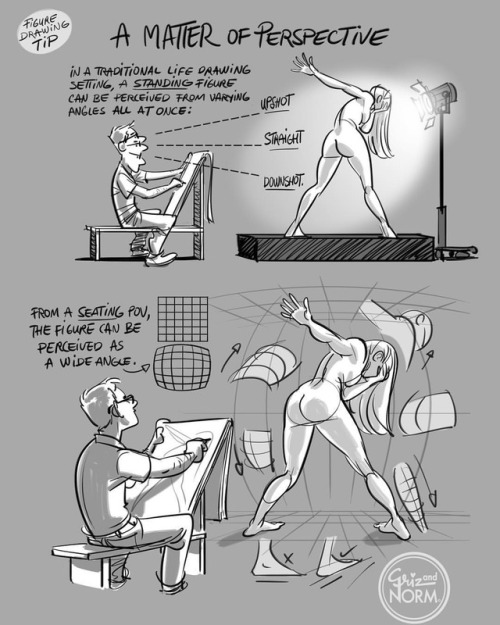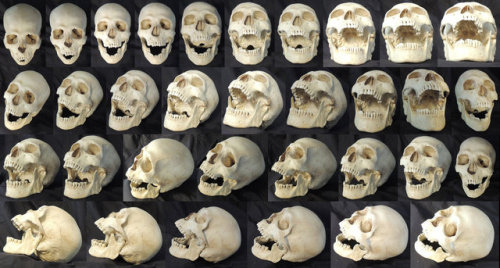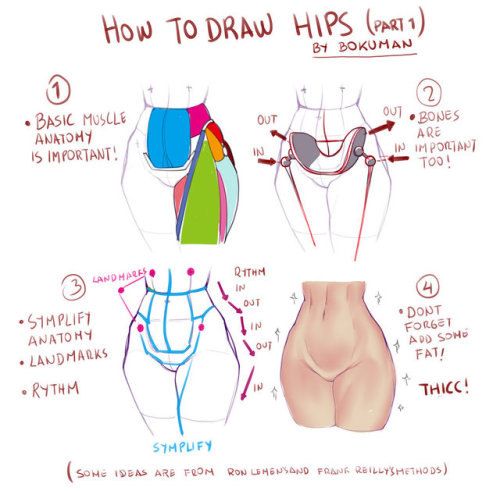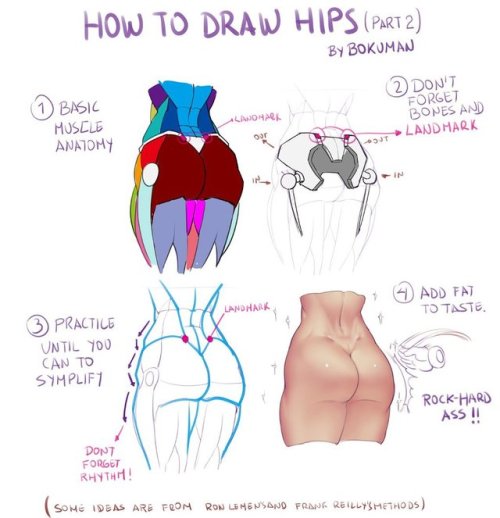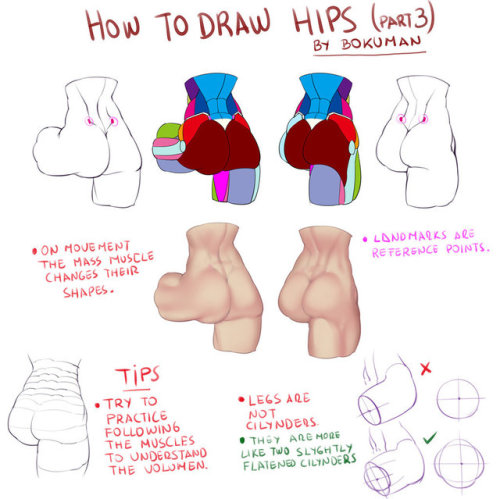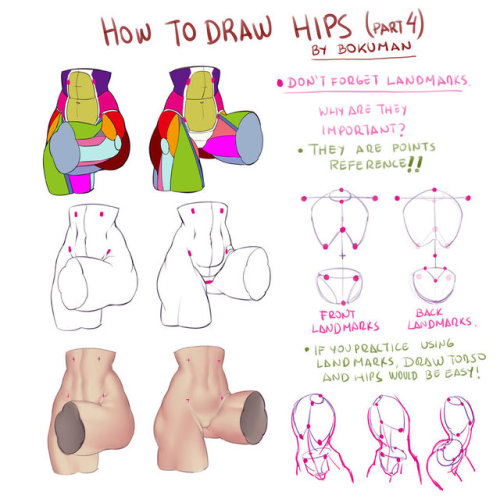----
Reference Manipulation-Pushing the Pose or Portrait //
Muddy Colors I'd like to start off by showing a few examples of two artists who have these awesome side by side images, with their reference to one side and the painting they completed to the other side, great for us to learn from. Norman Rockwell and Gil Elvgren were both fantastic painters, but also, as you can see by the reference, both were beyond capable of embellishing the reference as needed for their story. They were not a "slave" to the reference and worked hard to deliver their story with clarity.










Few artists can make it all up out of their head and work quickly to define it like Fortuny Motania or Kim Jung Gi, working with a photographic like memory pulling from experience, or having a curiosity and looking anything and everything up at one point in their lives, and then systematically find the reference as they so need it as they work out their images. Some artists can make up some of it and then push the reference in favor of their vision and remove many of the indicators that they took directly from the reference without any changes from it. A few need that reference and cannot complete their piece without it, and then others are totally reliant upon the reference.
For all the types of artists mentioned above, if the idea is well planned to whatever level of ability in thumbnails, and preliminary drawings and these preliminaries were the inspiration for the photo reference then there should be no problem in finishing the work. But do expect that whoever we shoot is not going to give us 100% of our needs in the imagery since they do not understand our goal 100%. Because of this, regardless of how reliant we are on the reference, try and lean towards your vision in whatever way you possibly can. Remember that what you are making is fiction and what you are referencing from is a placeholder for your concept or your idea (the truth).
To push the figure or the portrait in a direction we need for our work, a good understanding of the structure or construction of the figure is always handy to help with the what and why part of the design. A descent sense of design, and a confident attitude are helpful as well. Here are a few design tools that can be used to manipulate or influence your drawing and to help capture what "feels" right in your work.
1. Shapes are pliable and can be manipulated to whatever degree needed. Caricature artists are very good at exploiting these characteristics in people and will push them to every extreme possible. Whether you are using abstraction, shape manipulation, construction, projecting, etc. learn to push and pull shapes to find "your" characters, "your" settings, and "your" staging.
Stretching the shapes through construction and shape/contour design
2. Use abstraction to help connect shapes, to define form, and to help tie together all the parts within the whole image. Dean Cornwell was a fantastic designer who exploited abstraction to its fullest. You can find it in almost every brush stroke or shape placed on any of his canvases. Finding the abstract connections can be done obsessively with every edge in your painting, or it can be focused just where the viewer should see something very specific before getting lost in the entire piece. It is up to you to choose how much to use in your work.
Pick any edge in these paintings, now follow it beyond where it was painted and see how many more edges or shape breaks align with it. He was a truly amazing abstraction designer.
Here are two drawings using abstraction to design "thru" the forms.
3. Define for yourself whether your piece is more about a frozen moment in time (decorative) or it is about a story beat (action). This will help define how much work will be involved in finishing the piece and what kind of "tweaking" of the reference there needs to be to achieve this look and feel. Slowing down time in art means defining more characteristics and subtle nuances of surface and texture, where pushing action is creating effect and to achieve this look and feel is through experimental process and a process of elimination of details and sometimes structural forms to give something the look of motion or impact.
Here is a design gradient ranging from decorative to action driven. Where does your work fall in this gradient?
Alphonse Mucha is very much on the Decorative side of the design gradient.
Evsey Moiseenka's painting "The Red's Have Arrived" is very much about the motion of the incoming horses and riders.
4. What kind of character are you creating and how would that individual act in your ideal portrayal of whoever you are illustrating? Cross reference several different individuals to get away from it all coming just from "within" you. Ask your model how they would react to said scenario. Ask others to also act it out for you for their physical input.
If you said jump to 6 different people, how would they each react? Do any of these fit your character personality in your image? for your story?
5. Take some acting classes not just so you know how to act more and connect with your character through physical portrayal, but to also remind yourself that what you draw is a performance that others (your audience) might connect with on an emotional level. This can and should heighten the awareness of subtlety but also of the physicality in the posing of everything in the art, from the ground the actors stand upon to the smoke the actors blow when they puff on a cigarette. That emotional connection is why we love the piece so much on so many various levels.
Milt Kahl - Fantastic Artist/Actor
Al Dorne was fantastic at staging and his caricatures were top notch.
Jack Davis was another fantastic actor behind the pencil.
Norman Rockwell, the Master at staging, acting behind the pencil, and directing fantastic narratives.
Please, work hard, learn more and race to a career in time. Put in the mileage that it takes to be a skillful and successful artist. Here are a few wonderful reasons why skill building is a must. Taken from two websites on rating book covers; these happen to be near the very bottom of the lists.
Oh, one last beautiful piece to clean your eyes out with. Enjoy.
One of the many paintings of "The Slav Epic" by Alphonse Mucha.
----
Read in
my feedly 